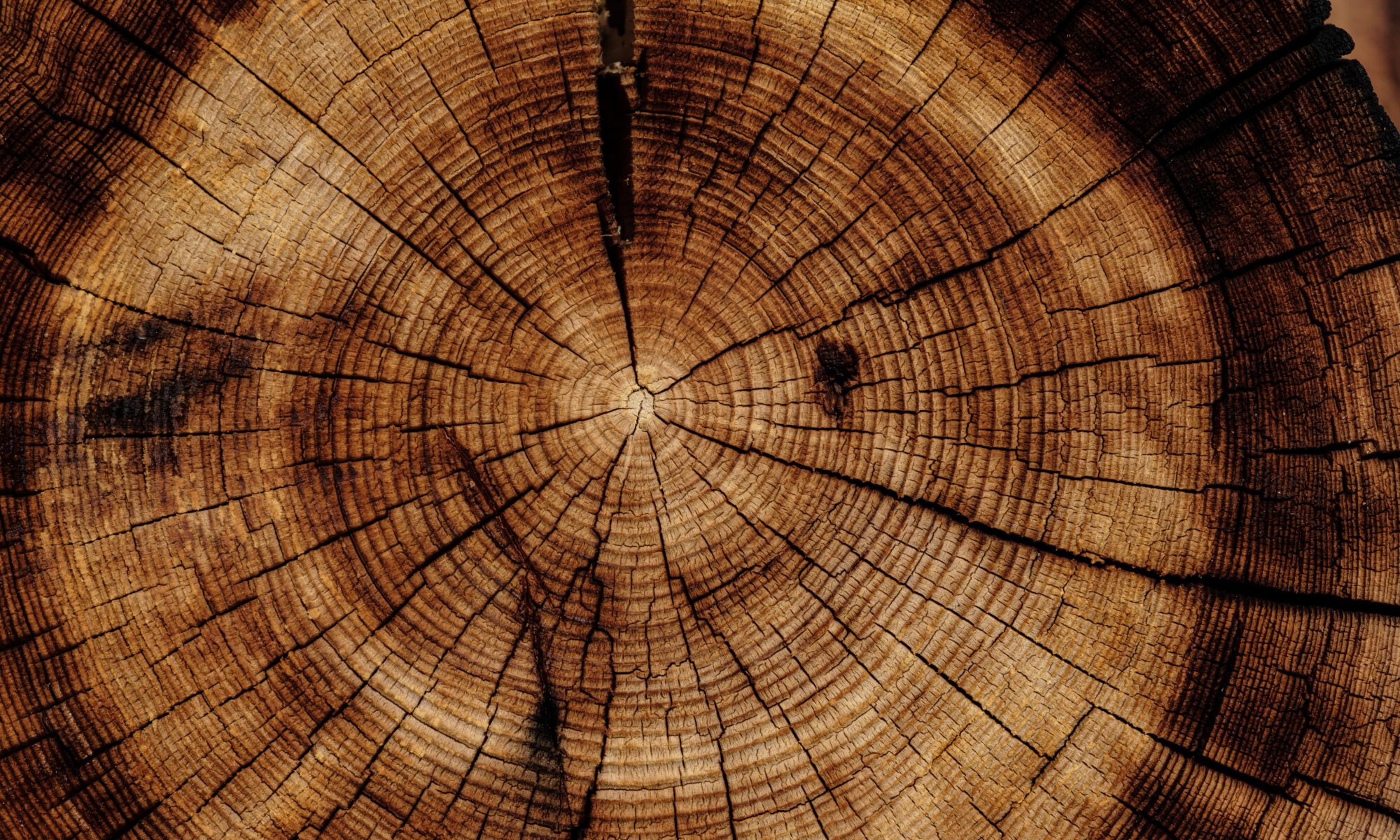“Wood-based fibres for fashion are “a choice we all need to be aware of for a better life on our planet.” The majority of textiles today are still made of petroleum-based synthetic fibres. A limited raw material whose use is not good for our environment. Washing clothes made of synthetic fibres releases huge amounts of tiny particles into the oceans. An alternative are materials made from renewable, compostable raw materials. In the textile industry, this includes wood, especially TENCEL. Cellulose fibres made from wood currently account for 6 percent of total global fibre production. Clothing made of wood is pleasant to wear on the skin. We took a closer look at the material.
Wood fibres like TENCEL (lyocell & modal) as well as viscose are comparable to cotton in terms of wearing comfort. They are soft, smooth and do not prick. They cool, absorb moisture and drape well. The fibres are resilient and high-quality and therefore durable, which is very important for our favourite garments to last a long time. Fashion made from wood fibres also has no special care requirements.
Why is wood a good alternative in the field of sustainable fashion?
Less acreage, less water, less chemicals and less energy consumption, less CO2 than conventional cotton
Forests store CO2 and cool the world. The bark, leaves and branches of trees as well as the wood in the trunk can be processed, e.g. into wood fibres. There are many forests here in the German-speaking countries and neighbouring countries, which makes local procurement and short transport distances possible. Beech wood in particular is used for the clothing industry here.
Approximately 4 T-shirts can be made from a log of 1kg. Due to the low material input, the production of clothing from wood can thus be regarded as resource-saving. The cultivation area of wood is up to 300 to 500 % smaller than that of conventional cotton and the land is already available. In contrast to a T-shirt made of cotton, according to wijld, 1,000 litres of water, 150 ml of chemicals in the form of pesticides and fertilisers and around 600g of CO2 can also be saved just by the shortened transport routes. The CO2 consumption of a T-shirt can be reduced by around 75% in fibre production.
Wood is a renewable raw material. A beech tree can grow to an average height of 35 metres and can be up to 300 years old. It grows 50 to 60 centimetres per year. This shows that this resource is also only available in limited quantities. In addition, forests have been increasingly exposed to extreme climatic conditions such as permanent heat in recent years here in the German-speaking countries, which has a negative effect on the regenerative capacity of the forest ecosystem.
Wood clothes are compostable within six weeks if nature-friendly dyeing etc. was used in the finishing process. So that the recyclables could be added back to the forest after the use phase.
There are also differences in the wood fibres. TENCEL lyocell, for example, is by far the most resource-friendly wood fibre, in contrast to viscose. Other wood fibres are e.g. bamboo and eucalyptus, which we will deal with another time.
Manufacturing process
The viscose production process, i.e. the extraction of cellulose from wood, has been known since the 1900s. Over time, the process has been further developed and now, for example at Lenzing AG in Austria, no harmful additives or chemicals are used. The tree trunks are processed into wood chips and mixed with a non-toxic solvent to dissolve out the cellulose. The resulting thick mass is pressed through spinning glands to produce fine fibres. These are then bleached, cleaned and dried to make yarn.
“Tencel fibres are versatile and can be processed into different types of fabric – for example, smooth fabrics that feel like silk, firm denim or soft fabrics with a fluffy surface.”
FSC important label for sustainable forestry
When buying clothes made of wood, make sure that the wood comes from FSC-certified mixed forests, as these are subject to strict reforestation regulations and do not require the use of additional irrigation or pesticides.
Internationally, FSC is the most important label. FSC® stands for “Forest Stewardship Council®”. It is an international certification system for more sustainable forest management. The wood comes from forests that are managed more responsibly.
There are many suppliers of cellulose that cut down primeval forests and are not at all sustainable. Just have a look at Canopy Planet’s Hot Button Report, which takes a closer look at manufacturers worldwide. Suppliers such as Aditya Birla (India) and Lenzing AG from Austria achieve the highest values and are particularly environmentally friendly.
It is very important to look at where the wood comes from, that has a big impact on sustainability. Lenzing now has wood cultivation areas all over the world. To ensure short transport distances, it makes sense to use wood from nearby.
Suppliers of sustainable fashion made from wood
You can simply enter TENCEL (lyocell & modal) and clothing in the search engine or have a look at Wijld or Wood-fashion, where all products are made of wood fibres. Other suppliers such as Dedicated brand and Hessnatur also offer clothing made from wood fibres. But also have a look at Seccond Hand Shops. Of course, the most sustainable thing to do is not to buy anything new. If you do need to, you can get a T-shirt for as little as 20 euros. Since the clothes are durable, this is a good investment.
When shopping, look for the materials that are on the textile label in German-speaking countries, look for TENCEL (lyocell). These are cellulose fibres derived from wood. They are also used as a blend with other natural fibres such as wool, cotton, etc. But also make sure that the wood is subject to FSC certification.
By using TENCEL clothing, you are contributing to Sustainable Development Goal 12 – Sustainable production and consumption patterns (SDG 12), as also explained in this film.
Wood-based Fibers Could Lead Sustainable Fashion Out of the Woods | News | SDG Knowledge Hub | IISD
Sources
Bekleidung aus Holz: Holz ist genial!
Hot Button Report
“Made in Forests” – a short story about sustainable fashion – YouTube
Tencel: Das ist das Besondere an diesem Stoff – Utopia.de
Umtriebszeit: wie lange benötigt ein Baum bis zur Hiebsreife? – Wald-Prinz.de
Photo by Joel & Jasmin Førestbird on Unsplash


